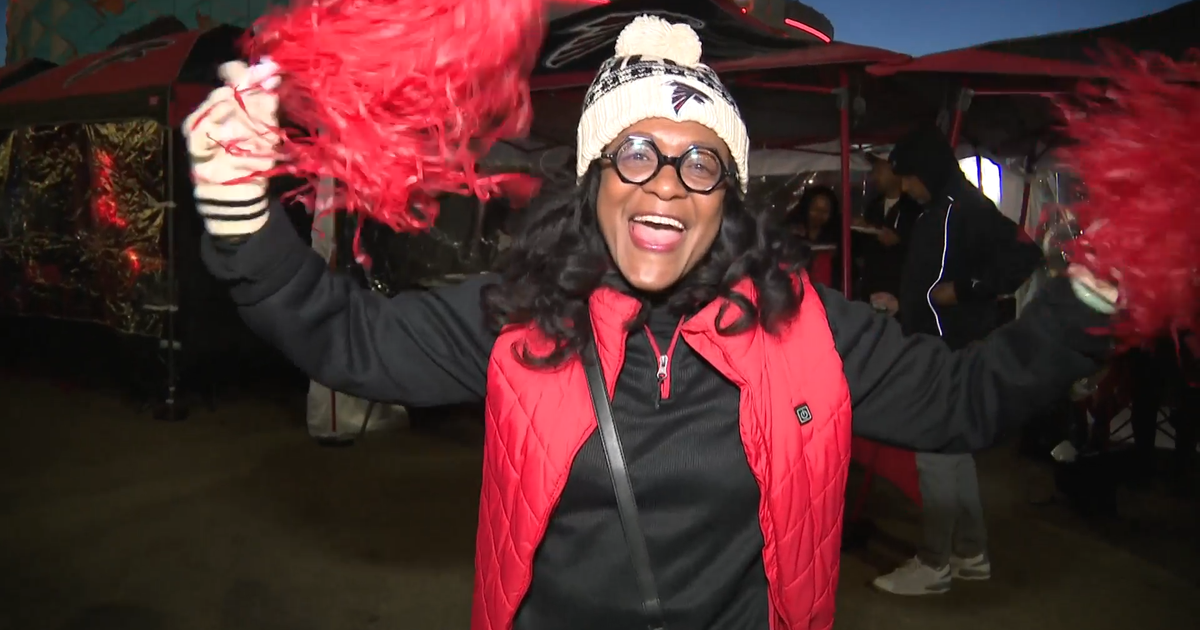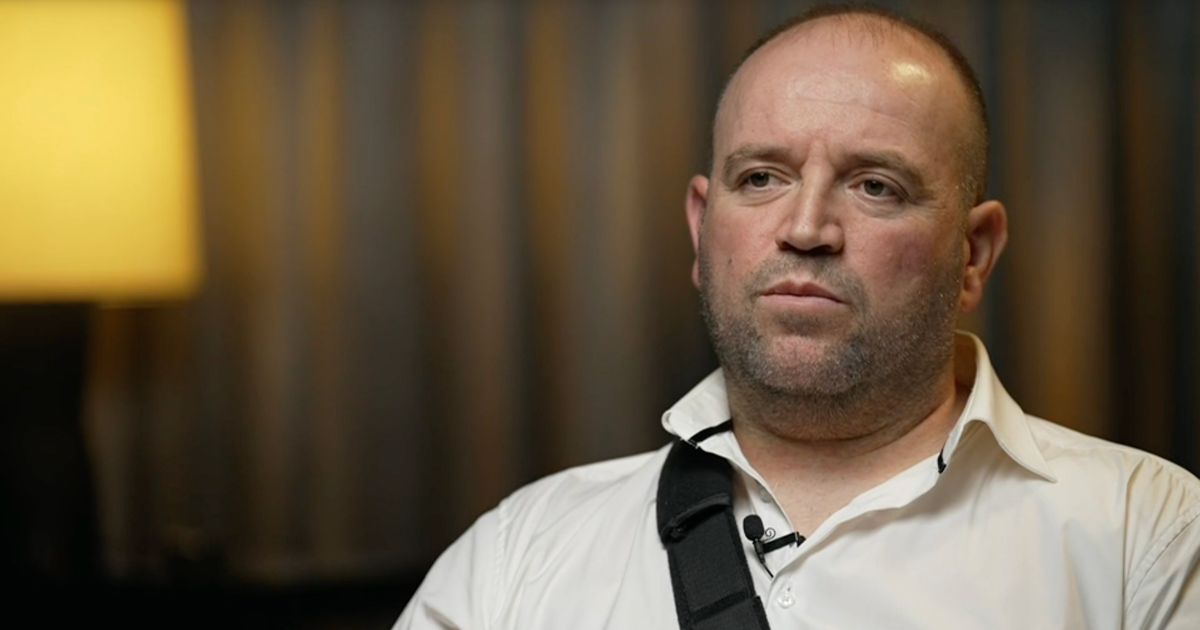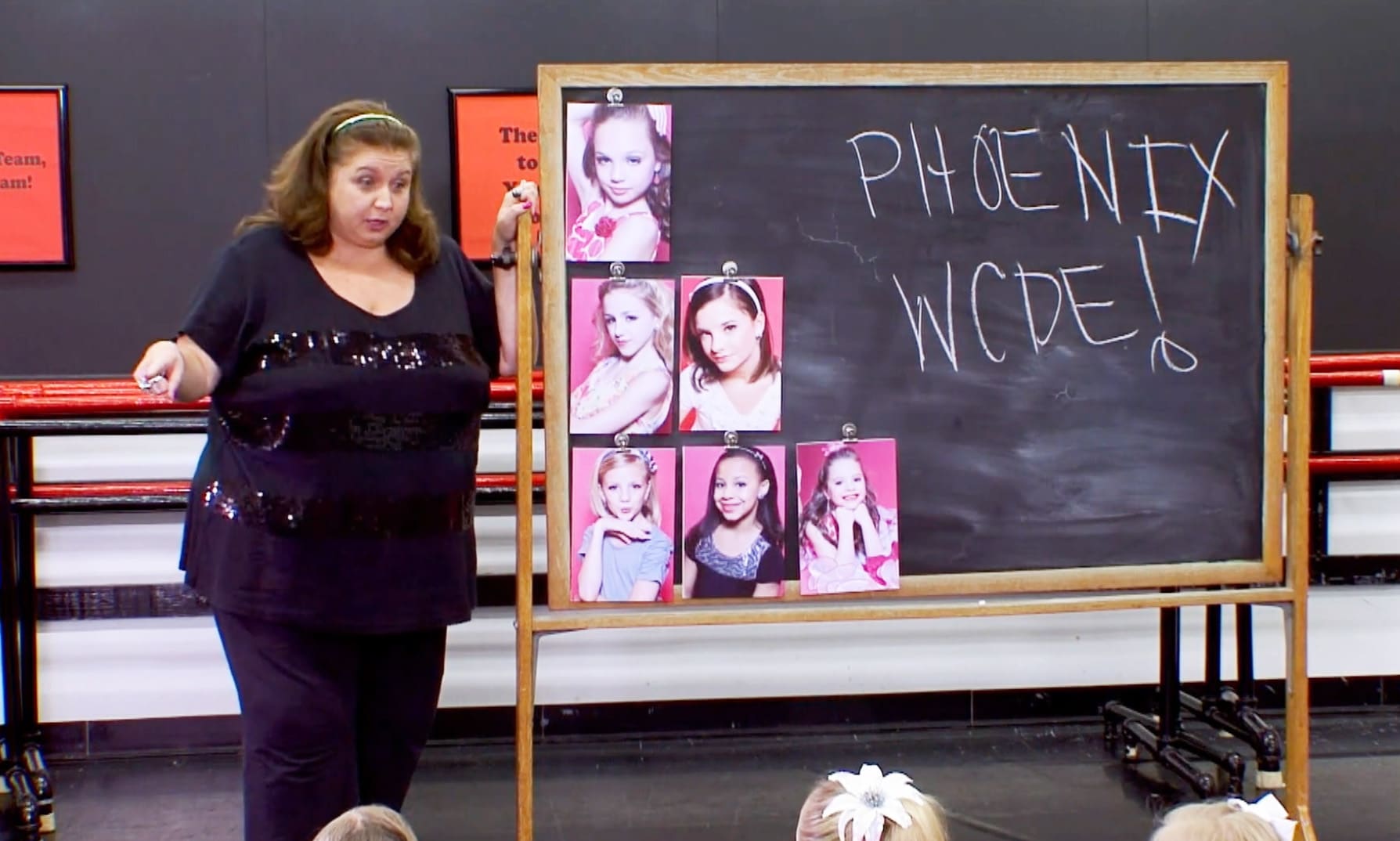Alvin Ailey American Dance Theater at 60
When Robert Battle goes to visit Dessie Williams, the cousin who raised him, she loves to brag that she always knew he was special. "You didn't have to encourage him to do anything; he did them. He was self-motivated," she said.
Still, he had a lot to overcome: "He had these extremely bowed legs,' she recalled. "The doctors told him they could straighten his legs out, but he had to wear these iron braces."
But young Robert Battle was instantly inspired, when he saw the Alvin Ailey American Dance Theater, one of the most celebrated modern dance troupes in the world. "There were people who looked like you," he said, "who, you know, were dancing. Who did this for a living. Who were famous."
And Battle was not about to let his challenges deter him.
In his cousin's home in a rough part of Miami, he improvised a dance studio, using his imagination and the security bars on the window.
As he pointed out to correspondent Rita Braver, "I decided that because of this cross-section [in the bars], these could be my ballet barres. I was trying to catch up to people who had started when they were kids."
Battle more than caught up; he earned a scholarship to the prestigious Juilliard School, and became a professional dancer, as well as a renowned choreographer.
He is now artistic director of the very dance company that inspired him all those years ago.
He said, "You have to be mindful that you are a part of a legacy, that you're taking care of a legacy that has history."
It's a history 60 years in the making. But it was an unlikely beginning. Alvin Ailey formed his own dance company at age 27. It was a time when many venues didn't even allow black and white dancers to dance on the same stage.
But Ailey was constantly breaking new ground in the world of dance, as he told "Sunday Morning" in 1984: "If it were easy, I wouldn't want to be doing what I'm doing. It's because we are trying to make that perfect moment."
One of those perfect moments was "Revelations," considered Ailey's signature piece. It portrays the African American story set to spirituals and blues.
"It's a journey, and you'll end up triumphantly celebrating your faith, your fortitude, your love of your fellow man," said former dancer and artistic director Judith Jamison.
Jamison played a key role in the company's rise. In 1971 Ailey choreographed a solo for her, called "Cry" – an ode to black women. It's now considered a classic.
Braver asked, Jamison," Was it exhilarating to perform, or were you -- ?"
"Scared to death?" A little bit of both!" she laughed.
The company was often on the verge of financial ruin, but Ailey always brought it back. Then, his health started to decline, and in 1989 he asked Jamison to take over the company. Later that year, he passed away.
She said, "It was devastating. But it was also … it lifted us, because look at what he left us. What a road map!"
Jamison used his road map for 21 years, but in 2011 it was time to pass the torch to a new director: Robert Battle.
He said, "What I'm doing is a continuum of what Alvin Ailey started in the first place, brilliantly, is that we are past, present and future always. So, I'm making sure that we remain on the precipice, that we continue to challenge our audience to see the company in new ways."
Following in Ailey's footsteps, Battle continues to spread the joy of dance to underprivileged communities. There are 10 camps around the country, and a school for aspiring dancers.
Braver asked, "Can you figure out which ones are going to make it so early on?"
"It's interesting. Sometimes you can, you see that spark," he replied.
And so, sixty years later, with a whole new generation, the dance goes on.
"When people come to see this company," Battle laughed, "even if they come kicking and screaming, they say, 'Thank you. I really needed to see that. I needed to feel that connection to make me feel hopeful about the world."
For more info:
Story produced by Robbyn McFadden.









